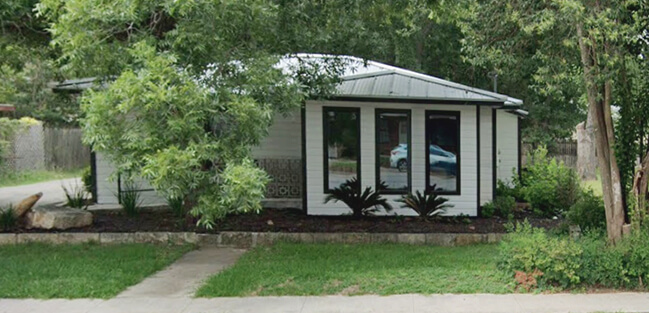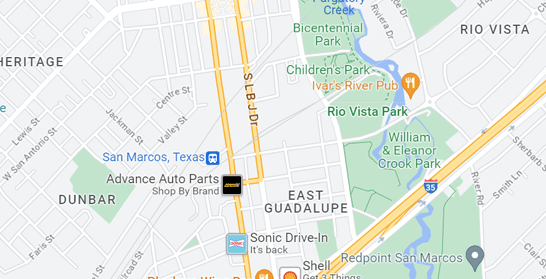Full-mouth reconstruction, full-mouth rehabilitation, and full-mouth restoration are terms often used interchangeably to describe the process of rebuilding or restoring all of the teeth in both the upper and lower jaws simultaneously. Your dentist, who has years of experience working with the materials and procedures related to full-mouth reconstruction, will develop a plan that addresses all your needs and will leave you with a perfect smile, ideal bite, and optimal function.
You may be a candidate for full-mouth reconstruction if:
- Your teeth have been lost due to decay or trauma
- Your teeth have been injured or fractured
- Your teeth have become severely worn because of long-term acid erosion (from foods, beverages, or acid reflux)
- You have ongoing jaw, muscle, or headache pain related to your bite
The extent of your reconstruction will depend on the condition of your teeth. Your dentist may recommend crowns, bridges, veneers, or implants to restore your smile to its best possible condition. He or she will also address the state of your gum tissue, as the health of your gums may impact the type of restorations you receive.
Your treatment plan will entail a step-by-step process detailing all aspects of your reconstruction. The duration of your treatment will depend on the extent of work needed, but in the end it will all be worth it. Your teeth, mouth, and smile will be healthy and beautiful for the rest of your life.


